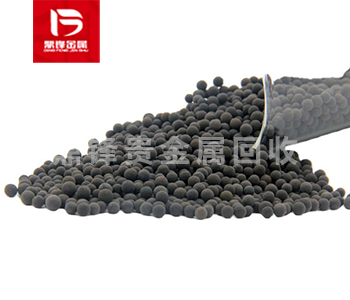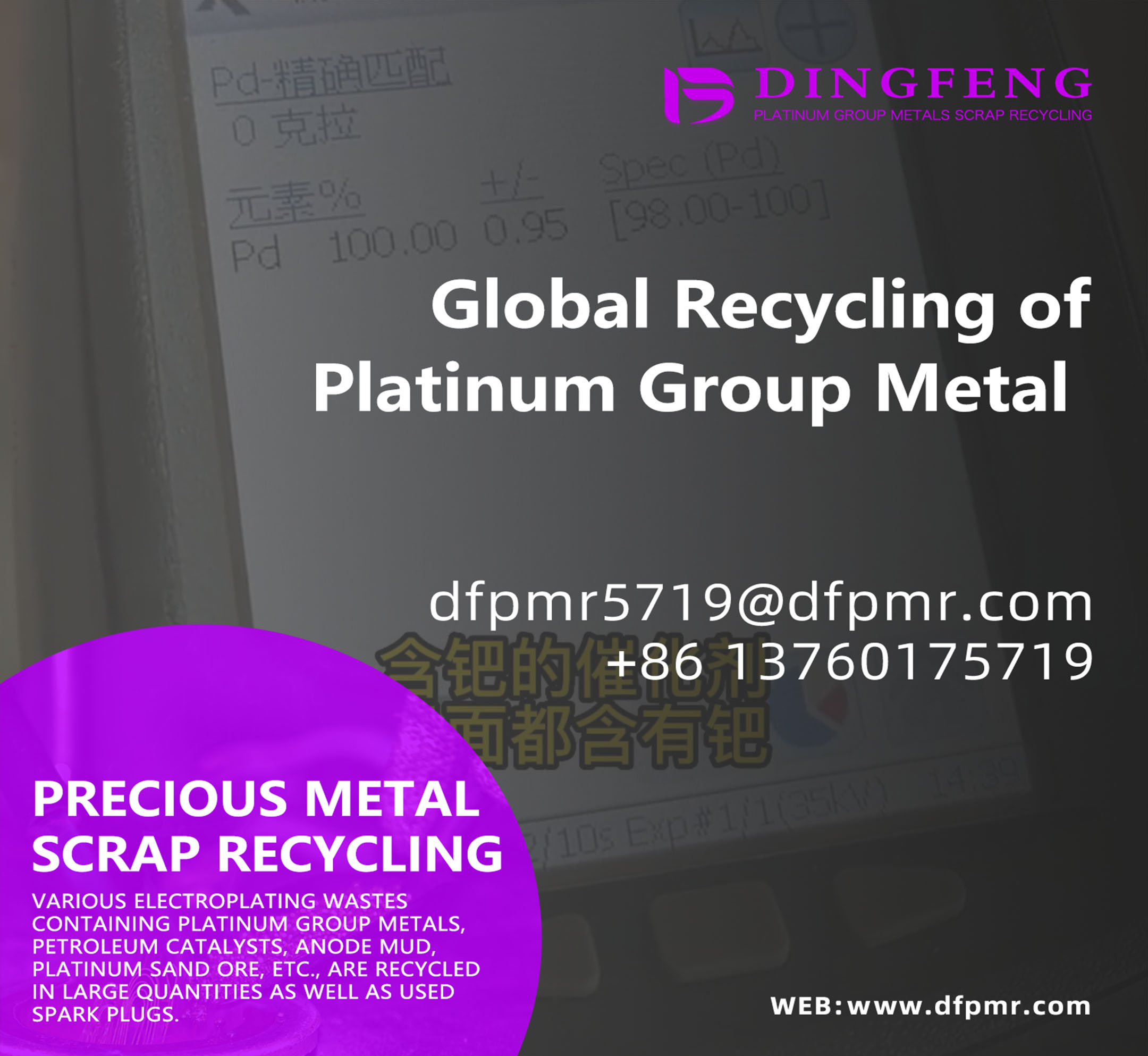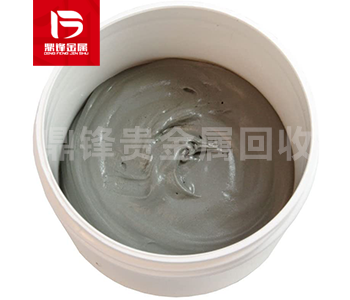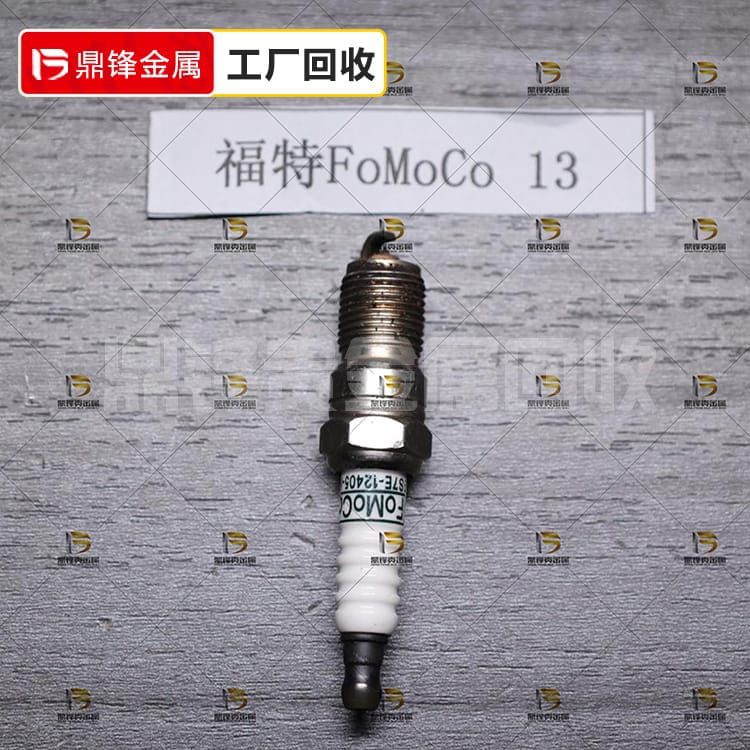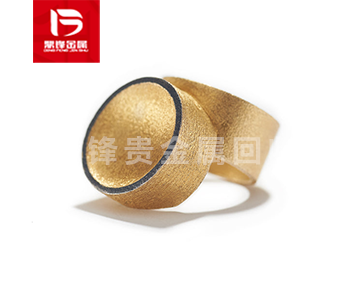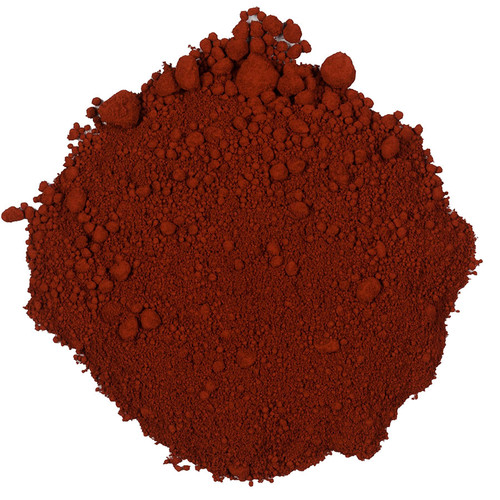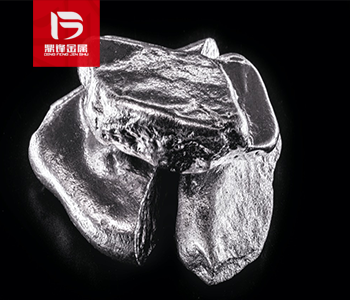Palladium catalyst recovery_ Palladium catalyst recovery_ Precious metal recycling manufacturers
Palladium catalyst is a catalyst containing palladium (Pd) element, which can promote chemical reactions, reduce the energy activation value of reactions, and increase reaction rates. Palladium catalyst usually exists in the form of nanoparticles, with high specific surface area and high catalytic activity, so it is widely used in many important organic synthesis and industrial reactions. Waste palladium catalyst is one of the sources of palladium-containing precious metal catalyst recycling. Other sources of palladium-containing precious metal catalyst recycling include palladium oxide recycling, palladium chloride recycling, palladium nitrate recycling, palladium iodide recycling, palladium nitrate recycling, palladium resin recycling, etc.
Product Details
Palladium catalyst is a catalyst containing palladium (Pd) element, which can promote chemical reactions, reduce the energy activation value of the reaction, and increase the reaction rate. Palladium catalysts typically exist in the form of nanoparticles, with high specific surface area and high catalytic activity, making them widely used in various important organic synthesis and industrial reactions.
The properties and advantages of palladium catalysts: 1. Catalytic activity: Palladium catalysts have good catalytic activity for various reactions, including hydrogenation, coupling, hydrogenation acylation, etc. Its high activity is mainly attributed to the electronic structure and lattice defects of palladium, making its surface easy to interact with reactants. 2. Anti toxicity: Palladium catalyst has good anti toxicity to many organic substrates and can continue catalytic reactions in the presence of impurities or other catalysts that cannot tolerate. 3. Renewableity: Palladium catalysts can usually be recycled through simple regeneration steps, thereby reducing costs and reducing waste generation.
There are various methods for preparing catalysts, among which the following are several common methods:
1. Deposition reduction method: This method contacts the palladium ion solution with the carrier materials (such as carbon, silicon dioxide, etc.), and palladium ions are deposited on the surface of the carrier to form palladium particles, and then the palladium ions are reduced to metal palladium through reducing agents (such as hydrogen, Phosphorous acid, etc.). This method can control the size and dispersion of palladium particles.
2. Precipitation method: by adding a reducing agent (such as Tin(II) chloride) to the palladium salt solution, palladium ions are reduced to metal palladium and precipitated. The precipitate is washed, filtered, and dried to obtain palladium catalyst. The palladium particles prepared by this method have a large size and poor dispersibility, making them suitable for certain catalytic reactions.
3. Co precipitation method: Add a solution containing palladium and other metal ions to an alkaline medium and obtain palladium metal particles through co precipitation. This method can prepare palladium alloy catalysts with higher activity and selectivity in certain catalytic reactions.
4. Hydrothermal method: Dissolve palladium salt and reducing agent (such as glucose) in an aqueous solution, and generate palladium nanoparticles through hydrothermal reaction. The palladium catalyst prepared by this method has a smaller particle size and good dispersibility.
Waste palladium catalyst is one of the sources of recovery of palladium containing noble metal catalysts. The recovery sources of palladium containing noble metal catalysts include Palladium(II) oxide recovery, Palladium(II) chloride recovery, Palladium(II) nitrate recovery, Palladium(II) iodide recovery, Palladium(II) nitrate recovery, palladium resin recovery, etc. If you have any demand for palladium containing waste recycling, please call our 24-hour service hotline. Dingfeng Precious Metal Recycling and Refining Factory has independent recycling and refining factories without intermediaries to earn price differences. Our professional technical team and customer service personnel provide one-on-one services to ensure customer privacy during the recycling process.


